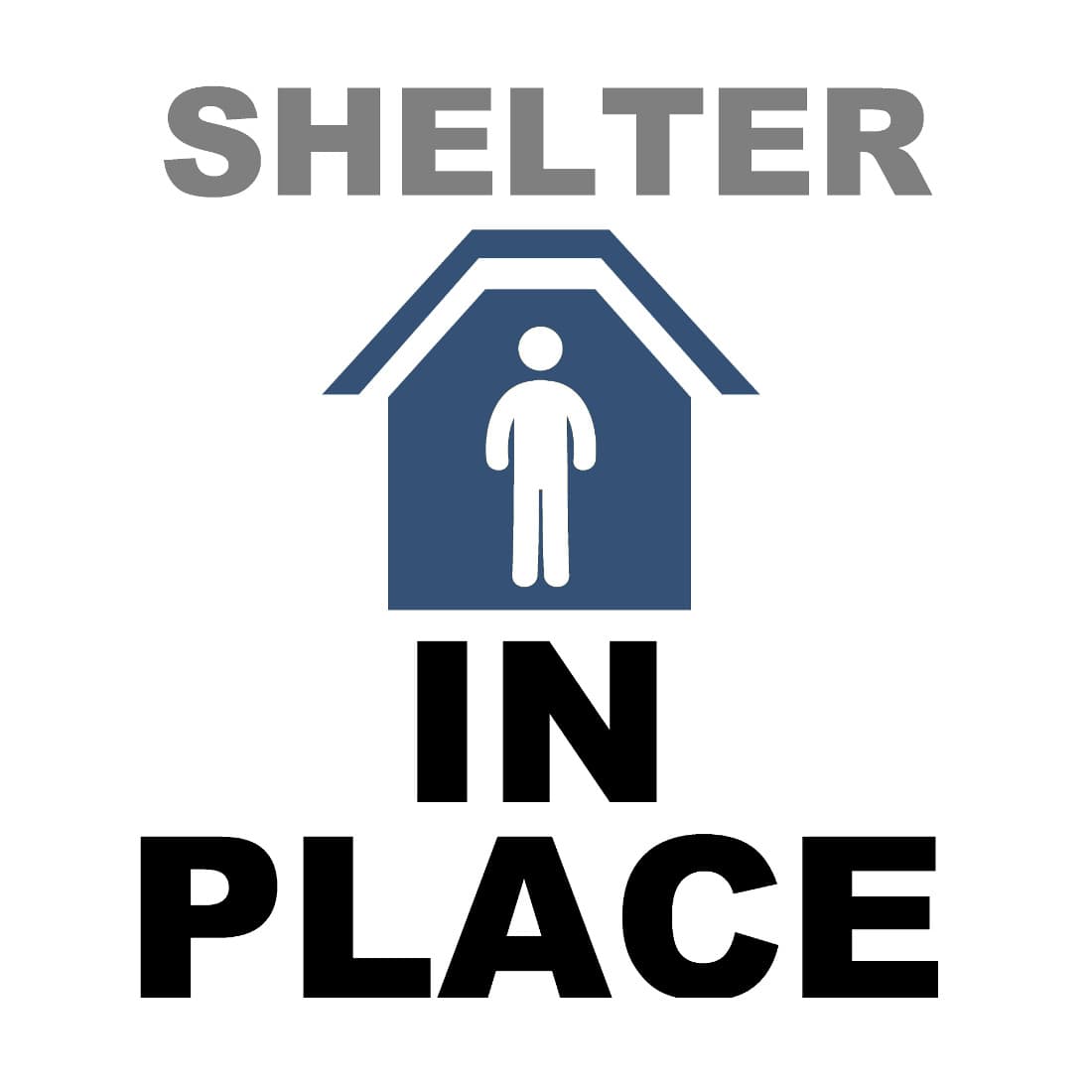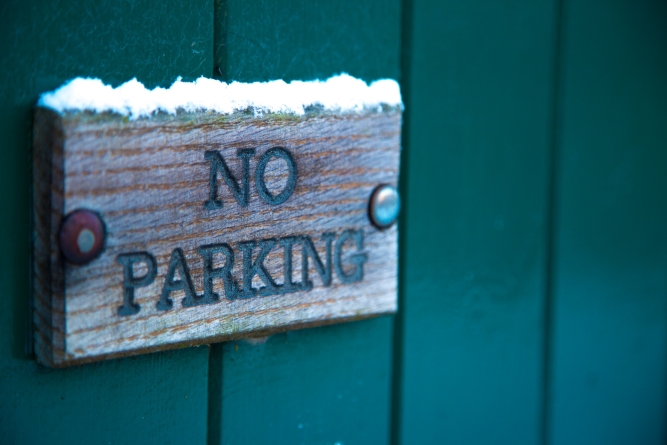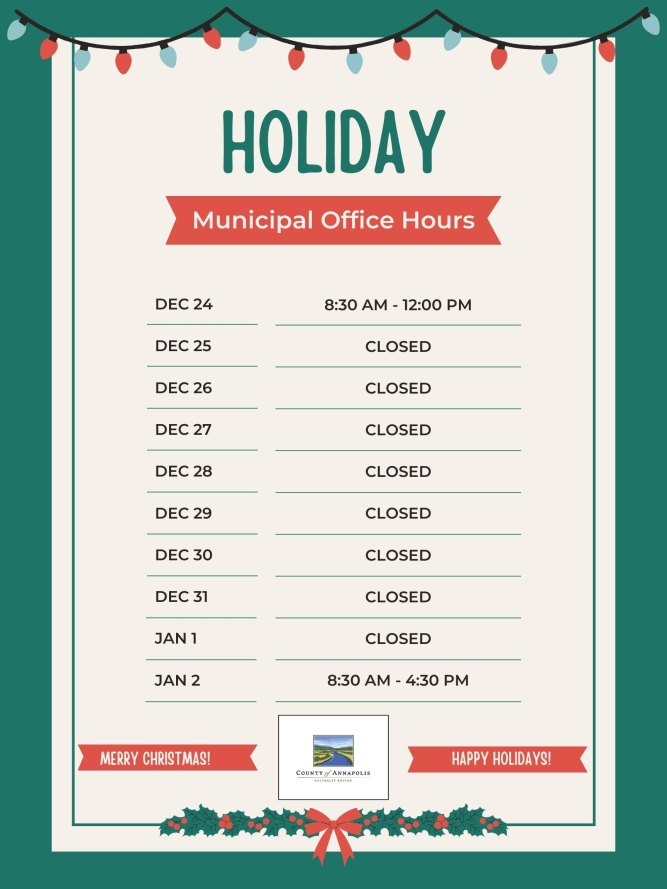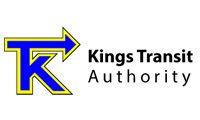Let's shed some light on your search






During disasters and emergencies the standard for residents to be prepared to provide for themselves is for at least 72 Hours. This means Sheltering-In-Place.
What does Shelter-In-Place mean?
Shelter-In-Place means you are ready to comfortably stay in your home for 3 to 4 days without needing to go out for supplies even if the power is off.
- 911 lines stay open, but help may take longer to get to you during storm conditions.
- Your Shelter-In-Place plan needs to be specific to your family's needs and resources.
What would you lose in a Power Outage?
- Heat
- Running Water
- Medical Equipment
- Hot water
- Cooking ability
- Phone, computer(s)
- Entertainment devices
- Stored food (fridge, freezer)
- Pet/livestock necessities
- Other _______________
What would your family need to cope successfully for 3 to 4 days if businesses were closed, roads impassable and the power was out?
To answer this question, complete the Household Needs List based on power outage and road closures. Check the things you would have and the things you should get before a storm hits.
What should I do?
In Storm warning phase
- Stock "Household Needs Checklist"
- Make child/pet arrangements (school closure plans; pet care)
- Re-schedule travel plans
- Make "work from home" plans
- Test back-ups (flashlights, generators)
- Consider filling bathtubs/containers for water sources
- Charge battery operated devices
- Check on your smoke/carbon monoxide detector
- Talk about your plan with family members
- Check on your neighbor
- Monitor radio and local media
- Keep devices charged and ready
- Stay off the roads
- Use "work from home" plans
- Use "Household Needs Checklist"
- Keep pets safe
- Use alternative heat and cooking sources safely
- Check on your neighbor
What happens after 72 Hours or if conditions become more hazardous for families?
During some times of need, such as power outages with no heat during winter conditions
become unbearable and surviving the first 72 hours is not possible. There may also be times that extreme cold will drive people out of their homes or other conditions make sheltering in place
unreasonable or impossible. At those times it may be an appropriate time for a Comfort Centre.
Upcoming Events
| IN-PERSON Community Grant Information Session 15 Dec 2025 03:00PM |
| Regular Municipal Council 16 Dec 2025 10:00AM |
| IN-PERSON Community Grant Information Session 17 Dec 2025 07:00PM |
| Planning Advisory Committee Meeting 12 Jan 2026 06:00PM |
New Information to This Site
- County Wide Planning Area
- 2025 Municipal Offices Holiday Hours
- Holiday Greetings from Warden Diane LeBlanc
- VWRMA - New Recycling Program
- East End Planning Area
- COUNCIL HIGHLIGHTS - November 18, 2025
- County of Annapolis Community Grant Information Sessions
- County of Annapolis Celebrates Nearly $300,000 in Community Grants
- County of Annapolis Community Grant program 2026-2027
- Bear River Comfort Centre a Welcome Addition to the Community
- County Offers Temporary Water Relief Program for Residents with Dry Wells
- Community Resources














